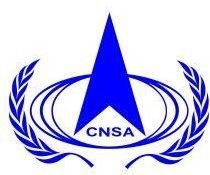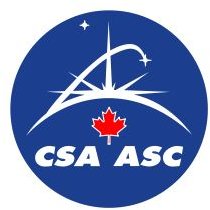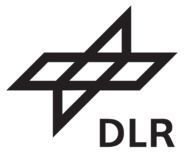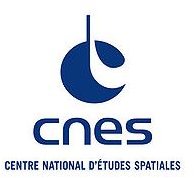Space Agencies Around the World - Part Two Multinational Space Exploration
Introduction
As it was noted in the first part of Space Agencies Overview, there are about 40 Space Agencies in the world. However, 13 of them are considered “Major Players” in combined efforts of space exploration. Below is the next 6 on the list.
France’s Centre National d’Etudes Spatiales (CNES)
The CNES was founded in 1961 as the government agency that shapes and implements France’s space policies. One particular focus recently has been building probes to collect data on Mercury, a planet where not many missions have gone due to its harsh conditions and proximity to the sun. The European BepiColombo mission is one such endeavor.
China National Space Administration (CNSA)
Officially established in 1993 as independent body, the CNSA has numerous projects to handle. China’s spacecraft, Chang’e, named after a Chinese goddess who flies to the moon, circled the moon for a year and collected 3-D pictures of the moon’s surface and other data from the eight onboard instruments. It also measured the thickness of the lunar soil. China hopes Chang’e will be the first in many moon missions, including robotic and human explorations.

Canadian Space Agency (CSA)
Although Canada was the third country to put a man-made satellite into space when it launched the Alouette 1 in 1962, CSA was formed only in 1989. Alouette 1 was scheduled to work for one year and lasted for over a decade - built and funded by Canada, and launched from Vandenberg AFB in California. The Anik A-1 launch in 1972 made Canada the first country ever to have its own geostationary communication satellite network. The Canadian Space Agency may be most noted for the manipulator arms they provided for the Space Shuttle and International Space Station and the two Radarsat Satellites, launched in 1995 and 2007 respectively.

Australia’s Commonwealth Scientific and Research Organization (CSIRO)
The responsibilities of Australia’s space science missions include maintaining time-series of satellite data, developing projects between sensor networks, earth system models and satellite data. The CSIRO Office of Space Science and Applications (COSSA) helps Australia gain access to foreign earth observation datasets.

Deutsches Zentrum für Luft- und Raumfahrt (DLR)
Germany’s Deutsches Zentrum für Luft- und Raumfahrt (German Aerospace Center), the DLR is the hub of aerospace research in Germany since 1969. Headquartered in Cologne, the agency also has many branch offices throughout Germany. The High Resolution Stereo Camera (HRSC) is Germany’s main contribution to the ESA’s Mars Express mission, delivering multispectral data at very high resolutions.

European Space Agency (ESA)
Established in 1975 by 11 European most advanced countries to counter USA and USSR space programs. ESA participating countries include the UK, Switzerland, Sweden, Spain, Portugal, Norway, the Netherlands, Luxembourg, Italy, Ireland, Greece, Germany, France, Finland, Denmark, the Czech Republic, Belgium, and Austria. Hungary, Poland, and Romania are designated as European Cooperating States, as are Estonia and Slovenia. The ESA headquarters are in Paris. ESA latest contribution to the ISS project was developing and completing the Automated Transfer Vehicle (ATV) in 2008.

More to come
The latest group of major space agencies includes NASA, Roscosmos, Ukrainiam Space Agency and others. All of those will be reviewed in the next article.
This post is part of the series: Space Agencies Around the World
NASA is not the only space agency on the planet. Many countries have their own national space programs and collaborate with other agencies, including NASA, to explore the Cosmos. This series reviews some of the most active agencies in the world.
